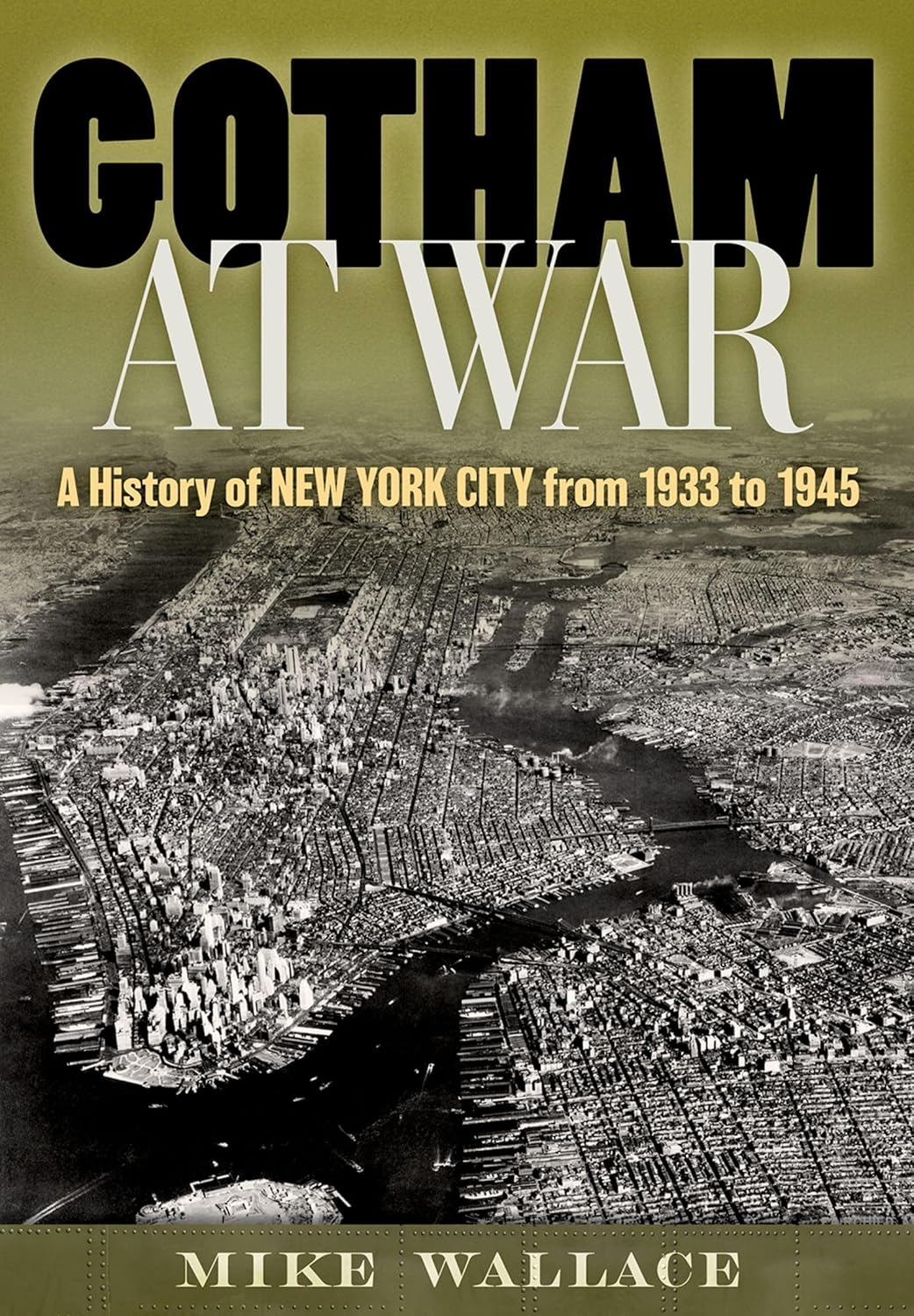“BELIEVE THE UNBELIEVABLE,” Ignacy Schwarzbart of the Polish National Council frantically cabled the New York World Jewish Congress, recounting massacres in Poland. Rabbi Stephen Wise urged the State Department to act, to no avail, and the Manhattan congressman Samuel Dickstein begged his colleagues to relax immigration quotas for those fleeing extermination. Nothing happened. When State received the verification it said it needed to release news of the extermination camps, The New York Times ran the report on page 10. Then came the Warsaw Ghetto Uprising, and Zygielbojm learned that his wife and son had been killed. In London, he turned on the gas. In his suicide note he condemned “the passivity with which the world looks on and permits the extermination of the Jewish people.”
This is a New York story, according to Wallace, because New York is never New York alone. And it’s in this setting of willful ignorance, mass murder, immigration restrictions, apathy, and outrage that Wallace limns the many mixed motives of institutions as well as people. The New York Times publisher Arthur Hays Sulzberger is a case in point. As Wallace astutely notes, Sulzberger, who sincerely hoped to “transcend racial thinking,” objected to any references to a “Jewish race,” which, he said, played into Hitler’s hands. At the same time he wished to discourage readers from seeing the Times as a “Jewish paper” that had lost its vaunted “objectivity.” Just as sincerely the publisher believed that “calling attention to the presence of Jews in the media would aggravate American anti-Semitism,” which in hindsight sounds rather disingenuous. Regardless, Wallace observes that the Times did cover the mass murders, though generally in the back pages—“a decision that arguably constituted a lapse of journalistic—and moral—judgment.”
Wallace also highlights the chance meetings that “spawned a network of friendships and associations that would gel into something more than the sum of its parts.” With its war-driven influx of European intellectuals and artists, Gotham was a place of creative cross-fertilization. Claude Lévi-Strauss—a rabbi’s grandson—lost his teaching position in France in 1940 but landed at the New School after meeting André Breton on board the ship that took them across the Atlantic. Breton introduced him to Max Ernst in New York, and they would all poke around in the small antique shops along Third Avenue or drop into the gallery of Julius Carlebach farther uptown to see the items deaccessioned by George Heye, the founder of the Museum of the American Indian. Through Franz Boas, Lévi-Strauss met Margaret Mead and Ruth Benedict; soon he was joined in New York by the linguist Roman Jakobson.
What Lévi-Strauss discovered in New York was an “aggregation of villages”—“an immense horizontal and vertical disorder attributable to some spontaneous upheaval of the urban crust rather than to the deliberate plans of builders.” And while Wallace’s book is mostly free of New York chest-thumping, he exuberantly finds in these men and women what he calls “New Yorkers in the forefront of the conversation.”
